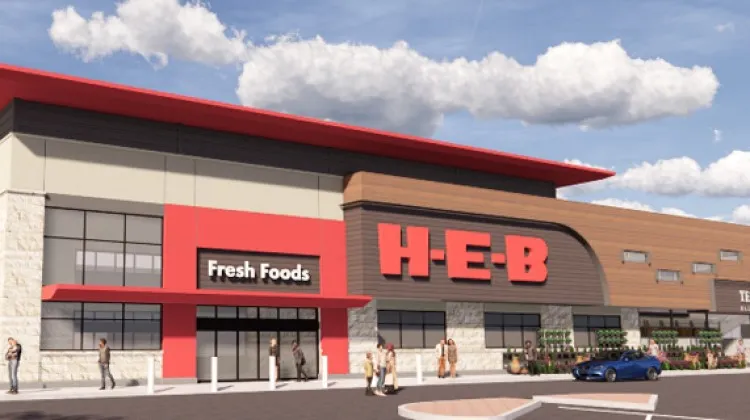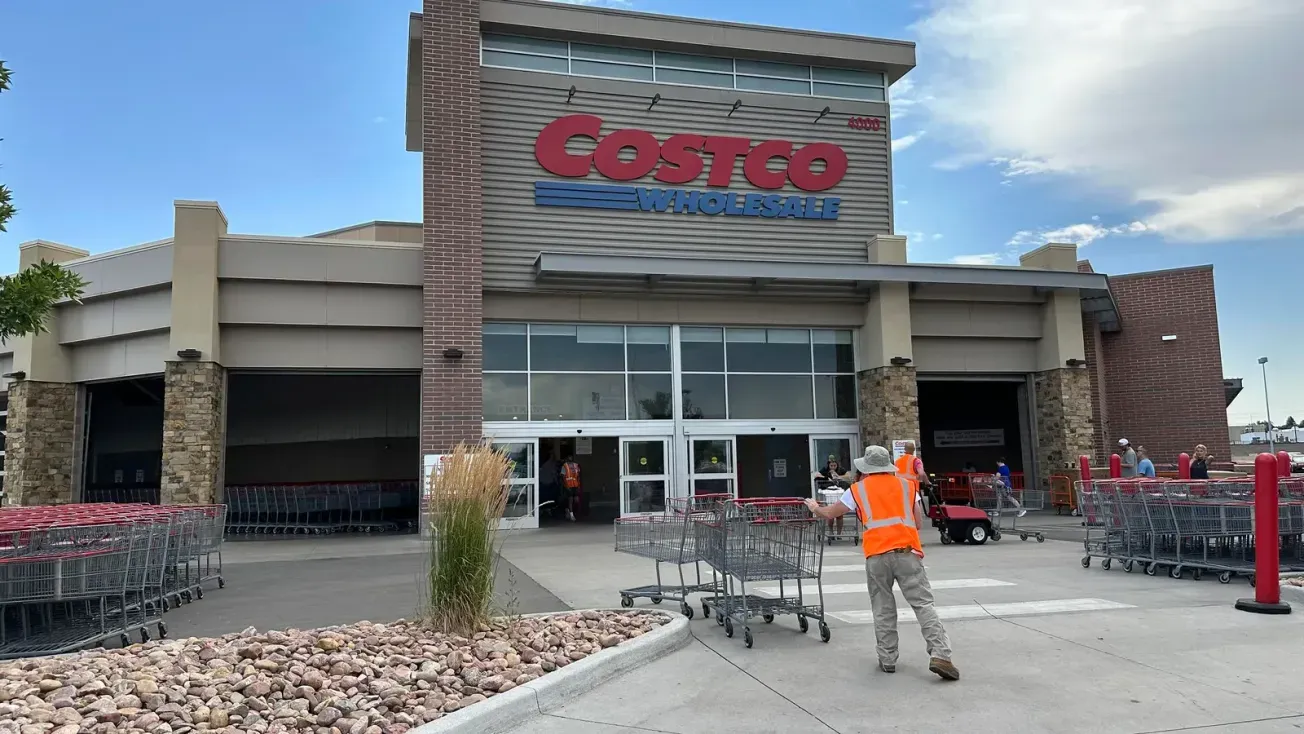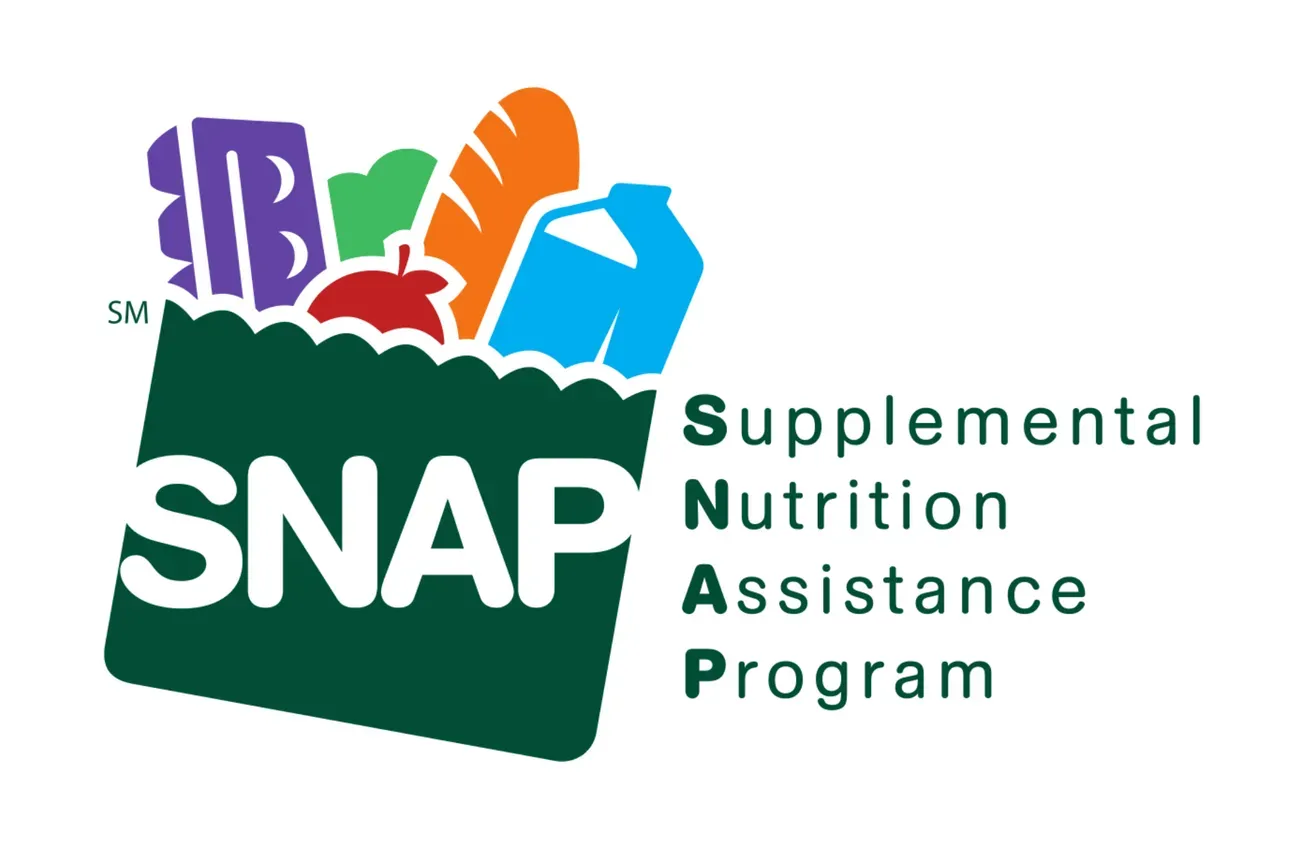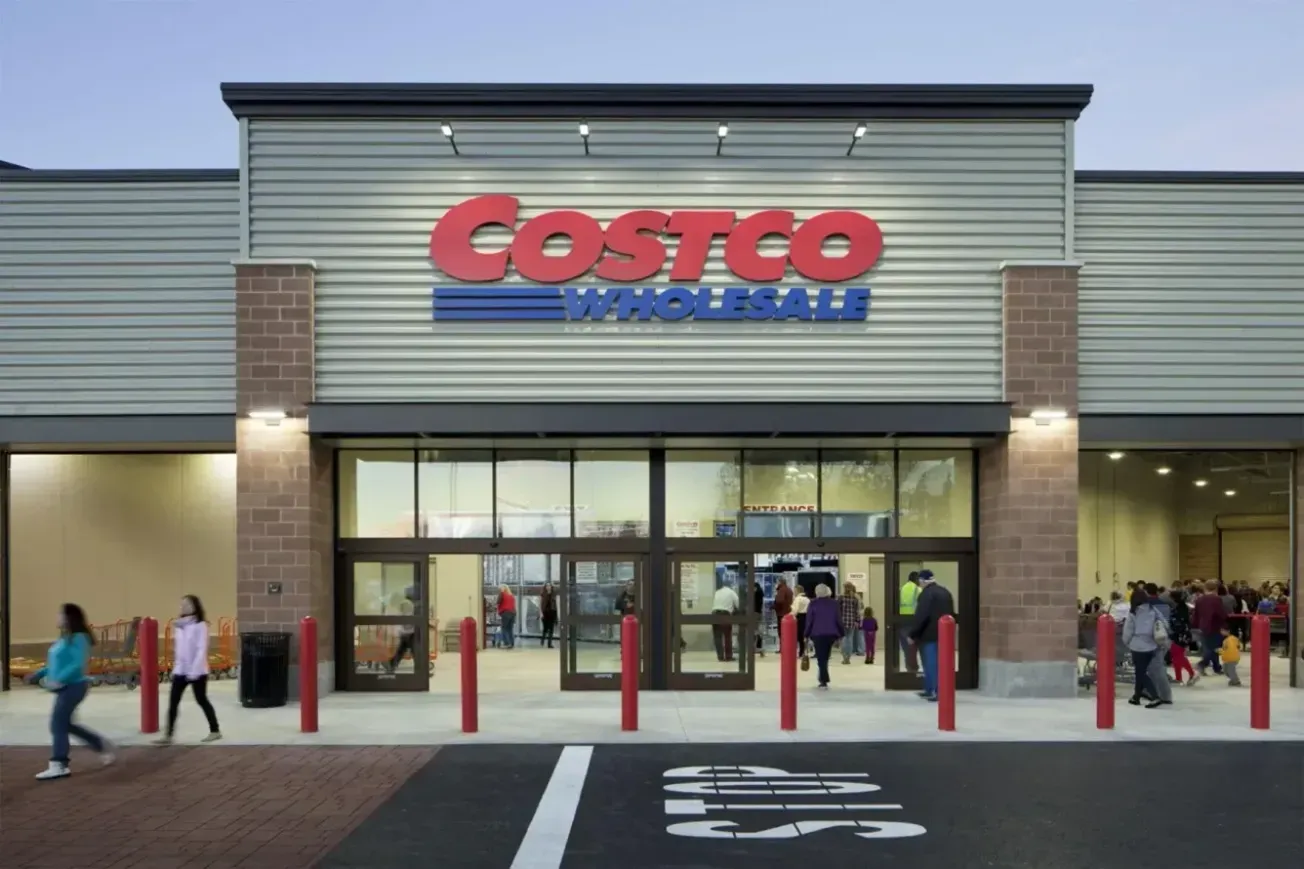CHICAGO — H-E-B is the nation’s top grocery retailer in the seventh annual dunnhumby Retailer Preference Index (RPI). The index is the only approach to ranking grocers that combines financial results with customer perception, duhnhumby said today in announcing the results.
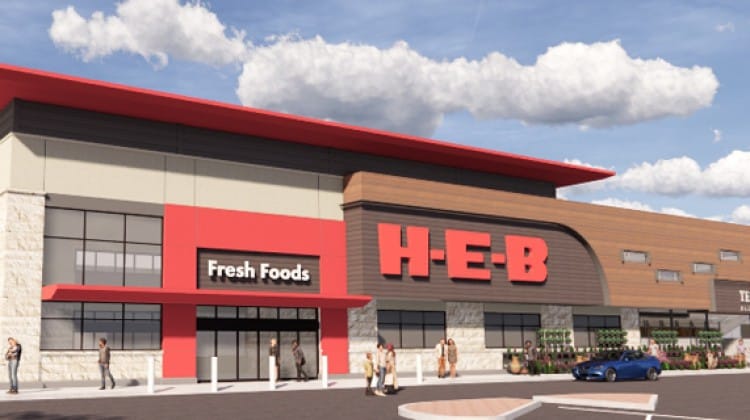
Rounding out the top-10 are: Amazon; Costco; Market Basket; Sam’s Club; Wegmans Food Markets; Aldi; ShopRite; Walmart Neighborhood Market; and Walmart.
“In this year’s RPI, we illuminate how the consumer views the grocery market, and how different retailers are meeting the general population’s needs as well as the needs of different consumer segments,” said Matt O’Grady, dunnhumby’s president of the Americas.
It’s the third time that San Antonio, Texas-based H-E-B has topped the index. Previously, the grocer had been tied with Trader Joe’s and Amazon as the only two-time winners.
The RPI encompasses the 65 largest retailers in the United States that sell everyday food and non-food household items, duhnhumby said.
Retailers in the top quartile of the RPI have a five year CAGR of 8.5% compared to 3.6% for retailers in the fourth quartile. In addition, 59% of customers of first-quartile retailers have a strong emotional connection with retailers compared to 41% of customers of fourth-quartile retailers.
The financial data used in the model comes from Edge Ascential, and the customer perception data is sourced from dunnhumby’s annual survey of more than 10,000 American grocery shoppers.
The five drivers of the customer value proposition are (1) price, promotions and rewards; (2) quality; (3) digital; (4) and operations; (5) speed and convenience.

Among takeaways from the latest index:
• H-E-B tops this year’s RPI because it has the strongest customer value proposition for the long-term. This is due to H-E-B’s delivery of better savings and a better experience/assortment, supported by time savings through superior digital capabilities.
• Market Basket, Winco, and Aldi are the top three in the RPI’s “price, promotions and rewards” pillar, due to the strongest combination of mass and personalized pricing levers.
• Wegmans, Trader Joe’s and The Fresh Market are the top three in the “quality” pillar. Wegmans Food Markets has held the top position in this pillar in each year of the RPI’s existence.
• Two Kroger banners (Kroger and Fry’s) made it to the RPI’s top quartile for the first time, due to improvements in overall price perception in a year when helping shoppers save money mattered more than in any previous year in the study. Two Kroger banners (Fred Meyer and King Soopers) were also among the biggest climbers in this year’s RPI ranking. Each ranks just outside of the first quartile.
• Competition is at an all-time high. Customers are re-evaluating value propositions more than ever, ensuring those propositions are aligned with their needs. The average retailer ranking in a value proposition changed by six spots this year, the most volatility in the seven years since the RPI was introduced.
• Savings through low base prices and highly personalized promotions and rewards remains the strongest driver of improving long-term performance, followed by maintaining a high-quality assortment.
• Dunnhumby forecasts U.S. grocery sales growth will be 0.5% to 1.5% in 2024, one of only three times in the last 30 years with growth below 1% and the slowest growth rate since the Great Recession of 2009. This slowdown is due to the economic headwinds still facing consumers.

